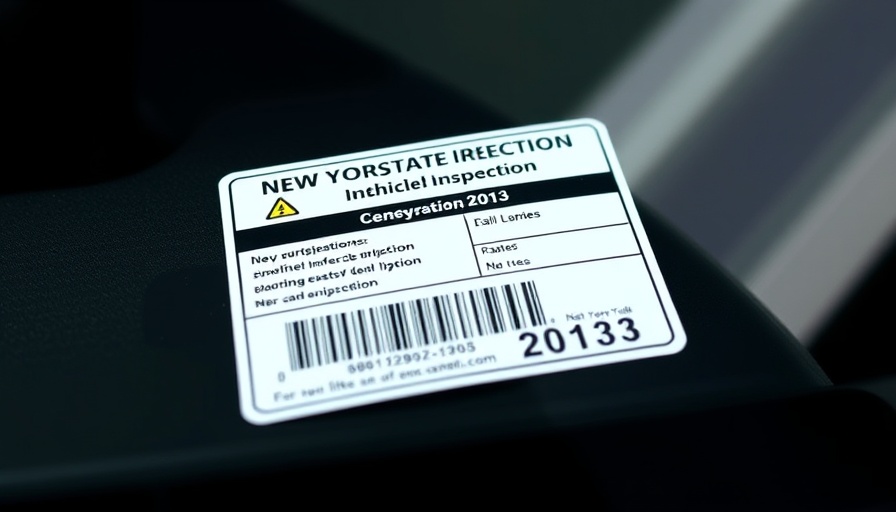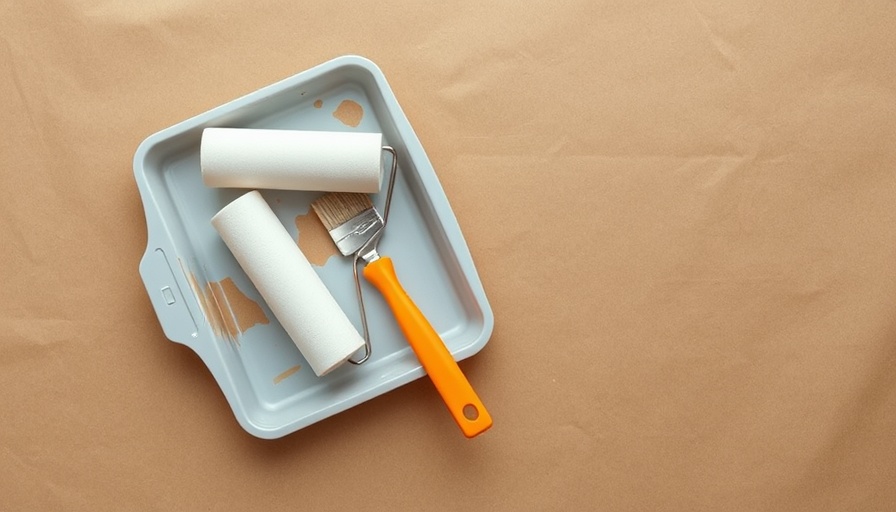
Understanding Your Vehicle's Inspection Sticker: A Complete Guide
Decoding your vehicle's inspection sticker might seem complex at first glance, but once you know what to look for, it becomes a simple task. As a vital part of vehicle maintenance and legality, the inspection sticker serves more than just an aesthetic purpose; it signifies that your car is safe and compliant with state laws.
What Exactly Are Inspection Stickers?
While vehicle registration stickers are commonly known, inspection stickers might not get the same level of attention. Typically placed in the lower corner of your windshield, the inspection sticker confirms that your vehicle has undergone and passed state-mandated inspections. However, it's important to remember that regulations differ across states.
Some states, like Texas, have modernized their processes, merging inspection validation into their registration tags—making the renewal process simpler for the car owner. California, in a uniquely streamlined approach, requires smog testing but does not use a separate inspection sticker, opting instead to include compliance within the registration sticker.
Decoding the Different Types of Stickers
Your inspection sticker will carry critical information like the expiration date and a unique identification number. The sticker usually corroborates two types of inspections: safety and emissions. Safety inspections ensure that vital components of your vehicle are functioning properly, while emissions inspections confirm that your vehicle meets environmental standards. Depending on your state’s regulations, there might be exceptions to the rules regarding which types of vehicles need what kind of inspections. For example, some states exempt vehicles older than a certain year from emissions testing.
State Variations: Why It Matters
Each state has its own rules regarding inspections—some require them annually, while others have different time frames. Notably, several states, including Alaska and Florida, do not mandate regular vehicle inspections at all. Therefore, inspection stickers in these areas might have a longer validity than elsewhere. Knowing your state's regulations not only helps you avoid fines but can also give you peace of mind about your vehicle's safety.
Understanding the Importance of Regular Inspections
A regular inspection is more than just a bureaucratic hurdle; it's a vital part of responsible vehicle ownership. These inspections can help identify potential safety issues before they become significant problems. Whether your vehicle is inspected annually or on a different schedule, it's crucial to prioritize this maintenance activity. A vehicle that fails to meet safety requirements can lead to accidents and possibly legal consequences, affecting your peace of mind.
Practical Insights to Keep You Compliant
For homeowners and DIY enthusiasts, keeping your vehicle in good shape is just as essential as any home improvement project. One practical tip to prepare for inspections is to maintain regular check-ups on your vehicle's critical systems like brakes, tires, and lights. Not only does this proactive approach make inspections less stressful, but it can also save you money on repairs by catching issues early.
Another handy insight is to organize your vehicle documents, including past inspection records, which can aid in any disputes or questions during your new inspection.
Actionable Next Steps for Vehicle Maintenance
To simplify the inspection process and ensure compliance, keep a checklist of essential services needed for your vehicle, and schedule reminders on your calendar for upcoming inspections. Take advantage of local service centers that may offer inspections, finding ones with good reviews, as it often leads to a smoother experience.
Why This Matters to You
As an informed homeowner interested in DIY projects, understanding your vehicle's inspection sticker may not seem like a priority. However, knowing how to interpret it empowers you to maintain not just your house but your vehicle's safety as well. Just as you'd complete chores around your home to keep it in good shape, ensuring that your vehicle meets safety regulations is equally crucial.
Conclusion: Embrace Vehicle Inspection Awareness
Your vehicle inspection sticker matters more than you might think. With the information shared here, you can approach your car maintenance with confidence. Regular inspections can be the difference between a safe drive and a potentially hazardous situation.
Stay proactive about your vehicle’s health! Regular check-ins on both your home and vehicle can keep you and your loved ones safe. Take charge of your vehicle maintenance and ensure your inspection processes are smooth sailing!
 Add Row
Add Row  Add
Add 




Write A Comment